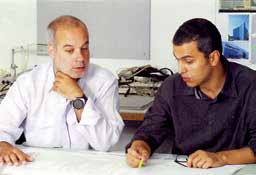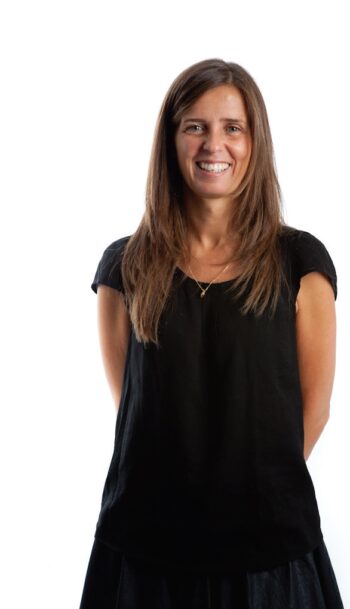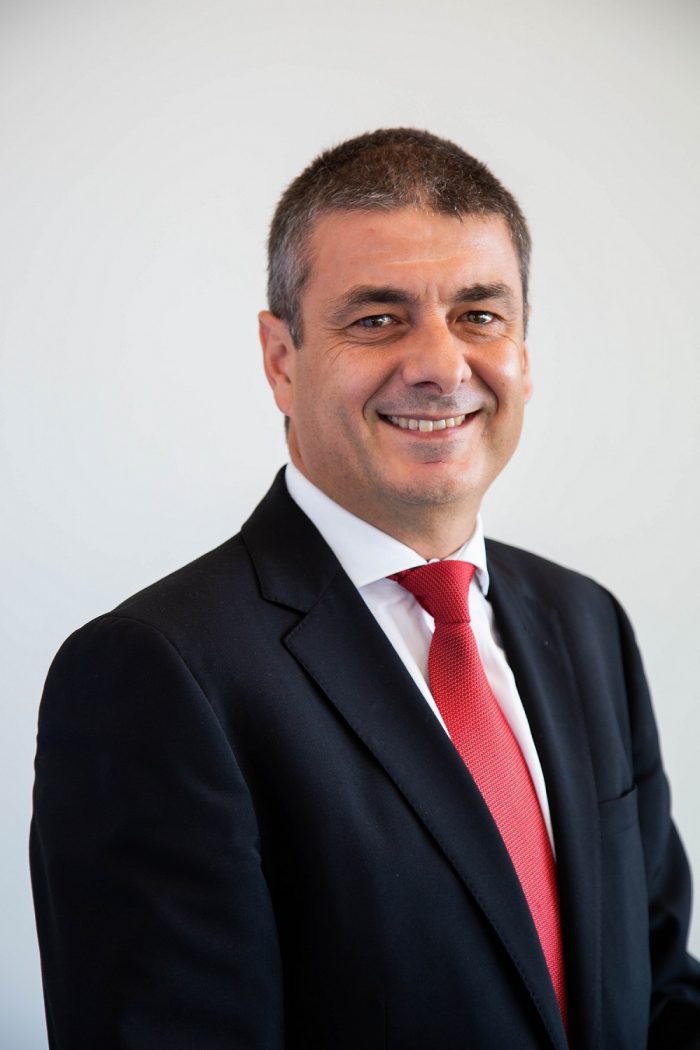A conversation with Arch. Luís Torgal and Arch. João Almeida

A conversation with Arch. Luís Torgal and Arch. João Almeida
'We know how to work on a commitment that encompasses various wills. And we do it with engagement and great proximity to our customers, who usually become friends'.
How was your journey and what characteristics each one has that contributed the most to the success of your partnership?
LT: We went to high school and college together, and also started our professional life together, at the studio of architects Manuel Graça Dias and Egas Vieira. In parallel, in 1992 we founded our studio, in an attic in Almirante Reis nº 92. It was from this coincidence that the name came up – 92 Arquitectos. Since then, we have been simultaneously active with other ateliers. At this moment, we are both collaborating at Risco. Regarding the characteristics, I think that one compensates the other. I am more stressed and João seems to be calmer. Me, worried about the production and delivery of the work, and him, worried about its perfection.
JA: The deficiencies of one are filled by the added value of the other.
The projects are done together. Do you have any methodology?
LT: We don’t. Each project is a particular story. We always start together and always end together. There are no individual projects.
JA: The proximity that each one has with the client dictates who ends up getting a little more involved in the work and ends up coordinating it. It is something natural.
LT: The great advantage of working together is intellectual. Together, it is easy to open doors to different (usually better) paths. If we are alone, it is much easier to take a path and never evolve.
JA: But it has also happened that we have followed different paths, as in the competition for a sports pavilion in Abrantes. We were going on completely different paths and each one truly believed in his version. As we had time, we chose to deliver two solutions and ended up winning in both.
What most characterizes and distinguishes your atelier?
LT: What perhaps sets us apart is the fact that we are a team with no financial commitments. It is a privilege to be able to claim that we work for pleasure, we compete for what we want and accept the jobs we want. And we do it with all the effort and great closeness to customers (who normally become friends). Our phone is always available, deadlines are met strictly and budgets are also met, with intense control throughout the process.
JA: I must say that we are “barely architects”, that is, we do not have the cult of the piece, we do not have an exhaustive photographic report of our works, this is not in the genesis of our production. Often, the final result is different from what was initially thought because new needs of the client appeared in the middle, and we manage it very well, we do not think that will damage our work, we find alternatives. I think we know how to work very well on a commitment that encompasses various wills.
LT: What sets us apart from others is, perhaps, this honesty with which we work.
How do you manage the time between two studios and differentiate things?
LT: It may seem confusing, but this dynamic has always been with us. We had college in the morning and in the afternoon we participated with great enthusiasm in the workshop of Manuel and Egas (it was a very important contribution to our professional and human training. I usually say that it was where I truly graduated). This method of work took root, naturally, after college. Meanwhile, João went to collaborate with Risco, at the time of EXPO’98 and, later on, destiny wanted for me to also be part of the team and everything has remained until today.
JA: But nowadays, this routine is not so linear anymore and new technologies have come to help a lot. We easily share information anytime, so we don’t have to be together to work together. Physically, we are much more time together at Risco than in our studio.
LT: But this way of working, where in one place we have a certain type of customers and problems and in another place we have different ones, is very “refreshing”, we can do “resets” between some things and others, which is intellectually good and, I think, very productive.
JA: The methodologies are not very different. The types of client and work are different but this is great because we have the opportunity to develop projects of greater dimension and complexity. However, it is no different to think about architecture at Risco or here.
How do you see architecture today?
LT: It’s not okay, but I don’t complain or lower my arms. It is not the architecture that is bad, it is the construction and everything connected to it, because of the economy. Then, the activity ended up diversifying into many other branches.
JA: I think the percentage of construction has never been so much “architecture” as it is now. And that’s good. I think that more and more people feel the need to hire an architect to do a construction. There are many economic activities looking for architecture today. The health sector seeks it for the construction of hospitals, the factories are no longer made by builders. The real estate also helped. It made many architects, who did not belong to the architecture elite, have a job. I don’t think it’s ever been this good. Of course, there is the other side, which is the brutal reduction in the amount of fees and, on top of that, with unrealistic deadlines.
How did the connection to BETAR come about and what has it been like to work with the company?
LT: I met Miguel in a competition for a building at EXPO’98, I still worked with Manuel and Egas. At the time, it was so gratifying that he immediately became the official engineer of the atelier. From then on, for anything we did here, we called Miguel. It is a pleasure to work with him, he has a keen sense of humor and he understands architects better than some architects. He’s got one lousy flaw, which is never saying no to us. Anything’s possible for him. He gets us used to it badly.
JA: Miguel’s participation in the project often goes far beyond the “structure”, his comments and diverse “inputs” are always relevant to the development of “architecture”. I think our projects would be different if they were done with other engineers.
This interview is part of the Artes & Letras Magazine # 51, March 2014
Partially automatic translation from portuguese: some expressions may differ from their actual meaning.
News & Interviews
A conversation with Arch. Mafalda Neto Rebelo
'We are in a transitory time, prices are crazy but areas that were dark are colored, others were born from scratch. There just needs to be a balance.’ Read more
A conversation with Eng. José Galvão Teles
'It's not enough to have comfort, you have to use little energy, you have to have things that are effective and simple to maintain, and that age slowly, and these concerns are often used as a false flag' Read more
A conversation with Eng. Carlos Fernandes
'The National Infrastructure Plan 20-30 [which provides for] the construction of high-speed lines is already taking its first steps. [On the other hand, the assets that are no longer needed for road-rail operation [are being] rehabilitated and reused for other purposes' Read more




